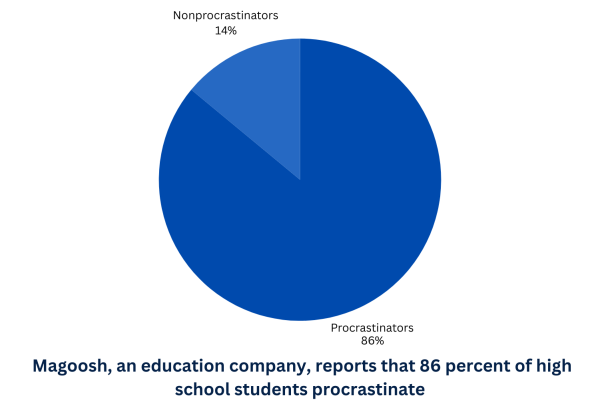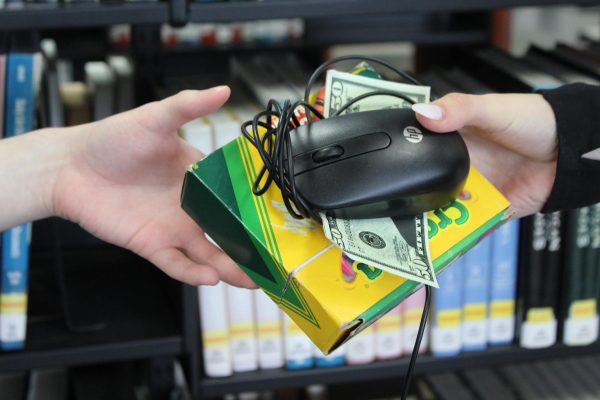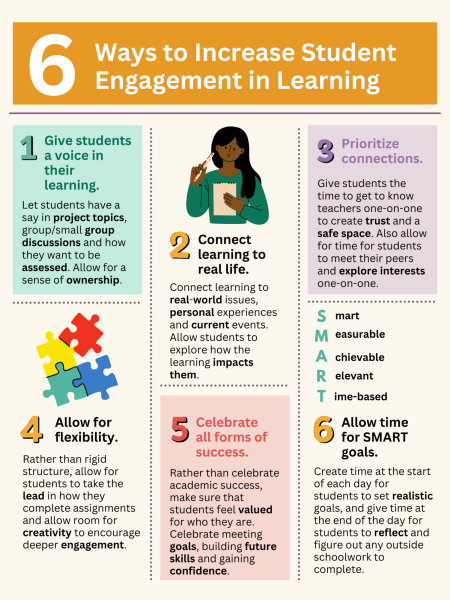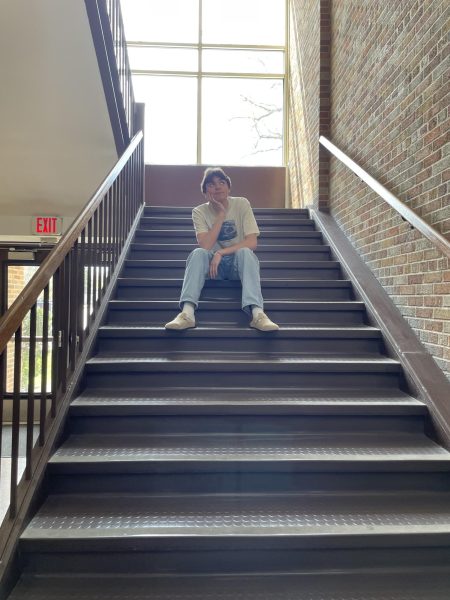Signing Their Stories: ASL at LHS?
Hearing is something we take for granted. We notice when someone calls our name or there’s a loud sound outside. But how often do you notice the furnace in your house or your friend’s backpack hitting the ground in class, and other small sounds that we tune out?
These are things that deaf people will never be able to experience. Imagine how hard it would be to learn if you have never heard your teacher’s voice. Imagine ordering at a restaurant without being able to hear yourself talk.
That’s why more hearing people, including Libertyville students should learn American Sign Language. Learning ASL in schools will help people in the Deaf community to communicate and to feel less isolated from society.
The Deaf community is unique and more special than many people think. In a text interview with Bonnie Shultz, an ASL student at Columbia College in Chicago, I learned more about what it means to be Deaf (capital D). Shultz, who is not deaf herself, explained that the “uppercase D” deaf is used to describe people who are culturally deaf and actively involved in the Deaf community. It indicated a community for people with hearing loss who share their culture and sign language.
“As my grandma gets older, she may become deaf but won’t be Deaf unless she learns sign and is involved in the Deaf community,” said Shultz. Someone who is born deaf but was taught to read lips and speak would not be culturally Deaf.
Another thing I learned is that Deaf people are more straightforward. For instance, telling some, “You look like you’ve gained some weight” or tapping someone on the shoulder to get their attention wouldn’t be considered rude.
“Not looking at someone who is signing with you would be rude, as would staring at people who are signing but not at you,” Shultz said. These are things we can assume that not many people know about the Deaf community.
In my conversation with Shultz, I also learned what it was like studying ASL in college and what possible careers are available to ASL majors. While talking about how she became interested in ASL, Shultz said something that really caught my attention. As she told me a story about serving a group of Deaf women at a cafe, and using pen and paper to communicate, she stated, “I had a mini epiphany that pressure is put of Deaf people to learn how to interact with hearing people and not the other way around.”
This really made me think because I know that I would struggle to communicate if I ever meet a deaf person. I never thought of how it was on the other side. Deaf people have encounters like this the majority of the time they talk to anybody. “As I thought about it, the more I realized I wanted to learn that language, to become one more hearing person who can sign, and to work towards a more inclusive future,” Shultz said.
There are multiple careers that ASL majors can choose from. The most common is an ASL-English interpreter, which splits off into many subcategories, including working in a school or courtroom. Outside of interpretation, many ASL majors choose to become teachers for Deaf students.
So is there a future for ASL at Libertyville High School? I sat down with Mrs. Jennifer Goettsche, the head of the LHS World Languages Department, to see if we would ever possibly have an ASL class at LHS. In order to add a new class, specifically to the language department, the process has to start at the district level, she said. They would possibly look at things like making sure that there is an interest, that it is sustainable, and how it would affect the overall language program
“What’s difficult is a lot of time students will think, ‘I’d really love to take this,’ and then once they get into a class they think, ‘This is not what I thought it would be,’” Goettsche stated.
She said that the hardest part of adding a new class into any department, not just World Languages, is making sure that it is sustainable and helping the programs grow. Another thing that makes the process difficult is the time period. Any new course takes about two years from when it is first requested to when it is a part of the curriculum guide.
“For something like this, because there’s more back work with talking to the district and surveying students, I would say it would probably be more like three years,” Goettsche said.
While the process may be long and a little difficult, it is possible. I think it is a good idea to teach ASL in schools because it will help people in the Deaf community to communicate easier with hearing people.










